Kozhakattai/Modak 2 ways(Coconut Poornam/Stuffing)
Jump to recipeModak is a sweet or savory steamed/fried dumpling, offered to Lord Ganesha during the Ganesh Chaturthi festival. This also forms a part of the prasadams made during the Varalakshmi Puja in south India. Modak can also be made of Mava(dehydrated milk).
Ganesh Chaturthi is one of the major festivals of India, especially in Maharashtra. It is a 10 day festival, where a clay idol of Ganesha is kept in every home, and coloured clay idols in every street. Daily prayers are offered, and in the evening a many cultural activities are organised.The 10 days of festival that starts with Ganesh Chaturthi, comes to an end with the Ganesh Visarjan, where Ganapati Bappa(as he is fondly called), is bid adieu, and immersed in the sea. Most of us know that Modak is Lord Ganesha’s favorite food, apart from Aval/Pohe. What is the significance of Modak and why is Modak offered to Him?
Folklore has it that, once Lord Shiva(Ganesha’s father),along with Parvathi and Son Ganesha visited Anusuya. Anusuya is the wife of Rishi Atri. Anusuya said that she would feed the little Ganesha first,and then Lord Shiva,and Parvathi. Anusuya offered many delicacies to Lord Ganesha(who was a child then). He kept eating whatever was offered, without getting satiated. Lord Shiva was getting impatient,and wanted to leave(as per custom,we never send our guests away without feeding them). So Ausuya feeds Ganesha a steamed sweet dumpling,after which he burps loudly,signaling satiation. Parvathi wanted to know what is the sweet that finally made her son satiated. Upon learning that it is the Modak, she expresses that – from then on His devotees must offer Him Modak. This tradition from then on,has passed from one generation to the next. Usually 21 Modaks or 100 are offered to Lord Ganeshas prasad.
Spiritual Significance of Modak. Modak in Sanskrit means “a small bite of bliss”. Which symbolises spritiuality. When you observe Ganesh closely, you observe that he holds a Modak in his left palm. This sweet with it’s hard outer shell signifies the reward of the sweetness of knowledge that will give the spiritual seeker joy, satisfaction and contentment as he travels along the path of enlightenment. It also indicates the importance of eating the correct Sathwic food in order to progress spiritually.
What Modaks mean to me? Well, I love shaping the Modak’s by hand.Yes! I am not much of the mould person. In this recipe though I have given both the methods. Right from the time I was a child, I have been shaping them. At home I would help my mother shape them, then I would go to my grandmothers place to help her shape the Modaks. My Pati (grandmom), could not cook less food anytime,as she has all her life cooked for a family of 10 or more. So, even though her children all flew the nest she kept cooking as much. Can you imagine the amount of dough she must have made going by this? And so, every Ganesh Chaturthi I would go to help her make the Modaks. Every Ganesh Chathurthi I think of her fondly, as I shape the Modaks for my home.
In this recipe I have made the Modaks from homemade rice flour. I have also explained how to process the flour. While you are here, also check out the Pohe/aval recipes,that can be offered for Ganesh Chaturthi- Aval Kesari, Vella Aval, Red Rice Sweet Poha, Red Poha Ladoo, Dahi Pohe and more…
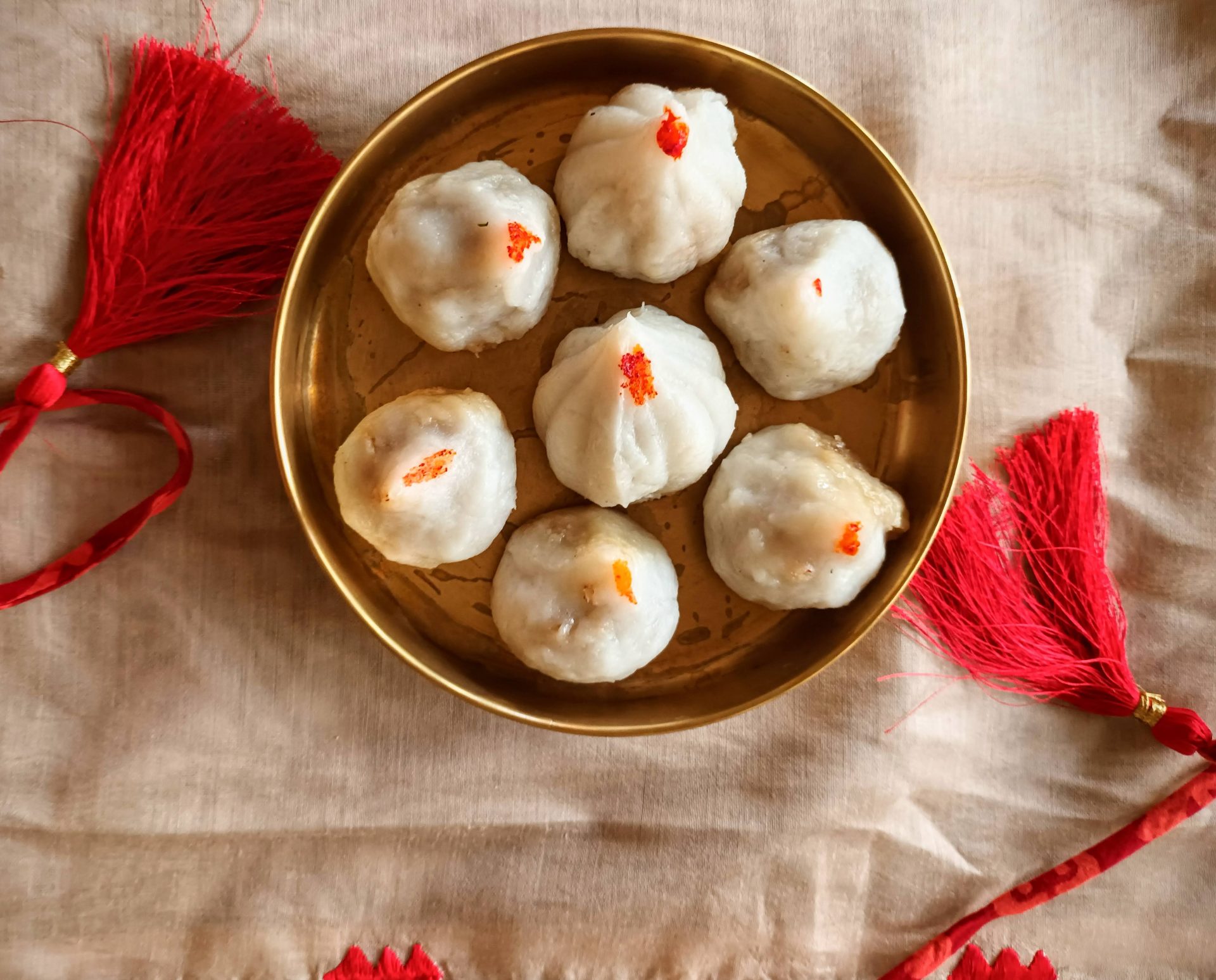
Ingredients
For the Dough:
- Raw Rice 2 cups (short grained rice)
- Salt 1/4 tsp
- Sesame Oil 1 tsp
- Water 1.5 cups +1/2 cup
For the Coconut Filling:
- Grated Coconut 1 cup
- Chana Dal 1 tbsp soaked for 10 mins, drained and pat dried
- Jaggery 3/4 cup or 1 cup for extra sweetness
- Cardamom powder 1/2 tsp
- Chana dal soaked for 10 minutes.
- To Process the Rice flour: Take the raw rice,wash and drain the water thoroughly. Refill water and soak the rice for 1 hour. Try not to soak more than this time. After 1 hour, drain all water, and spread out the rice on a clean cotton cloth. Switch on the fan and let the moisture dry, but not completely. So close to an hour of drying will do. When you touch the rice, it should be dry, but the moisture should have locked in. To test, take a few grains,and crush them in your palms.They should crush easily.
- Now put the rice into a blender jar,and grind to a fine powder. Grind in parts if required. Now sieve the flour, and discard the coarse remains. Spread the flour on a paper for the extra moisture to dry,about 30 minutes. The flour is now ready to use. This can be put in a container and stored. I store it in the fridge. The processing of flour can be done ahead to save time.
- To make the dough: Take 1.5 cups of water in a heavy bottomed Kadai, add the salt and oil, and roll boil. (Roll boiling is when the water starts bubbling the bubbles rise upfromthe bottom of the kadai and go down again). Keep another 1/2 cup water in a cup close by(to use if required). Now slowly adding the flour with one hand, stir continuously with the other.(see picture). Keep stirring until the whole flour is in the water. Using a spatula mix well,until it comes together, add oil, and transfer the dough to a bowl.
- Now let the dough cool for 5 minutes(don’t let it cool completely). It may appear dry, sprinkle some water over it from the 1/2cup water ,and knead the dough well. The dough should be smooth and crack free. Test the dough by pinching a small portion, and try to shape it. Ifthe dough is cracking up,or falling apart,the dough is dry. sprinkle more water and knead the dough again. Now form a ball of the dough, apply little oil, and keep it covered in a wet cloth until further use. The can rest while the stuffing is made.
- To make the Coconut filling/Purnam: Take the Chana Dal soaked in water for 10 minutes. Drain the water completely,and pat dry all the moisture. Put the chana dal, in a heavy bottomed kadai, and roast untilwarm, add the grated coconut ,and the jaggery(powder the jaggery before use). Without adding any water keep stirring. The jaggery will start melting from the moisture from the coconut. Stir constantly until the mixture comes together. Add the cardamom powder. Allow to cool completely. The mixture solidifies a little on cooling. Grease your hands with sesame oil or ghee, pinch small portions and make tiny balls and set aside.
- To shape the Modaks with mould: Grease palms with sesame oil. Pinch small portions and make Gooseberry sized balls from the dough. Grease both sides of the mould with oil nicely. Now take one ball,and flatten it. Fit it into one half of the mould. Repeat,and spread the dough into the other half of the mould also. Now take the stuffing, and place it in the center of one side of the mould, close the mould to bring the sides together. With the dough overhang seal the bottom portion also. Now open the mould, and remove the modak gently. Check for any gaps,and seal them. Repeat for the entire dough. Get the steamer or cooker ready, and steam the Modaks for 10-12 minutes.
- To Shape the Modaks with hand: Grease palms, pinch Lemon sized balls from the dough,and keep covered. Take one one ball at a time(ensure the dough is crack free and smooth), start by first flattening the outer edges with your thumb and index finger, as shown in the picture. Now with your thumb finger press the bulgy center part inwards,forming a well. Now widen then well and start giving the shape of a cup that is a little deep, so that the Purnam/filling fits comfortably. Now place the coconut Purnam in the center.
- Now to seal the Modak, bring the edges of the cup togehter as shown in the picture. The give it a pointed shape at the tip. Get the steamer/cooker ready. Steam for 10-12 minutes. Cool and then remove the modak from the steamer .
This recipe does not have a summary. All steps and pictures are given in detail. Please read Notes for any doubts. If there is a doubt or query, please leave a comment,and I shall get back and answer it as soon as I can.
Notes:
- The same recipe can be followed for store bought flour also.Instead of 1.5 cups of water,use 2 cups for boiling, and proceed as mentioned above.
- If you find the dough to be dry while kneading, sprinkle water as required.
- A smooth and crack free dough is the secret to a soft Modak.
- Basmati rice does not work well for the Modak flour.
- Remaining flour can be stored in the fridge. To store it outside the fridge, further dry the flour by spreading on a paper.
- If the dough is leftover, you can use it upto make Amini Kozhakattai(spicy-savory Modak),or fill it with a different stuffing.
Gallery
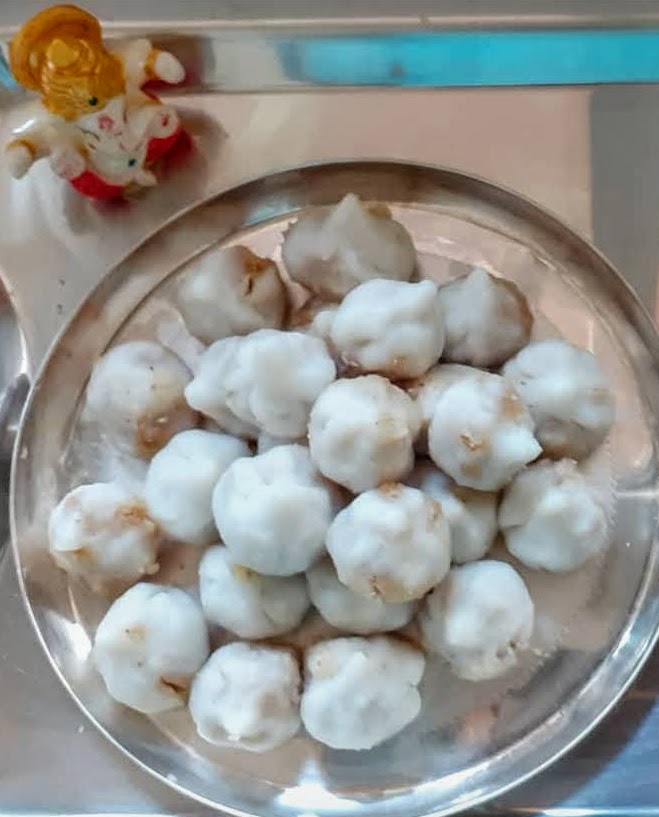
2 thoughts on "Kozhakattai/Modak 2 ways(Coconut Poornam/Stuffing)"
Leave a Reply
Get yummy recipes delivered to your inbox!
Be the first one to know about our new recipes. Leave your email below and get notified as soon as new recipes are published!
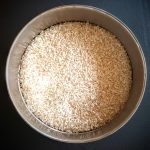
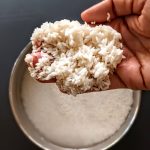
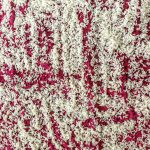
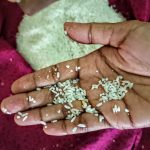
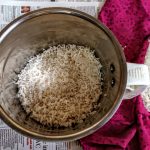
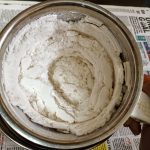
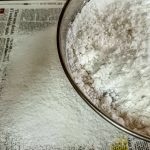
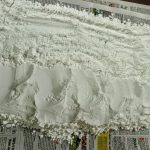
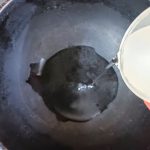
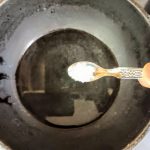
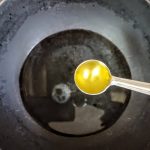

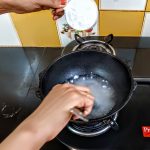
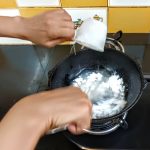
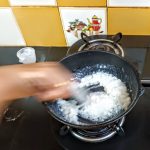
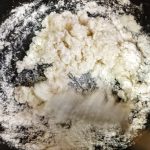
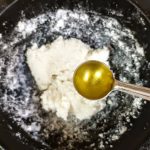
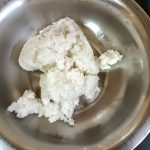
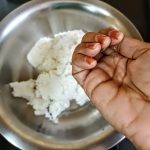
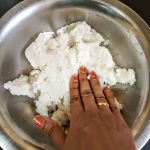
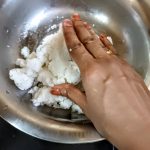
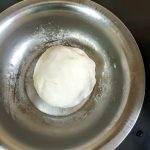
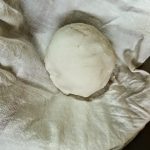
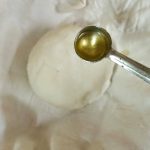
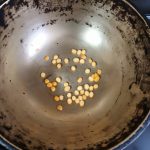
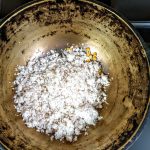
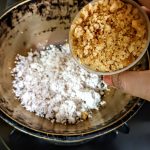
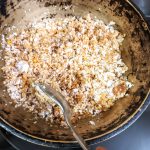
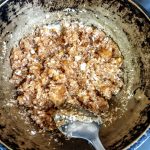
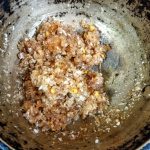
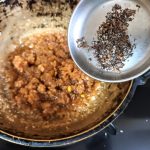
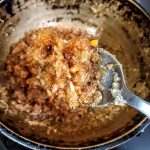
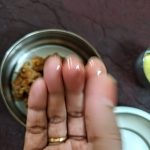
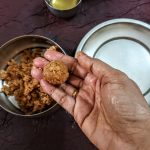
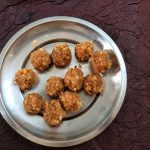
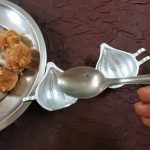
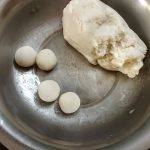
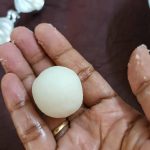
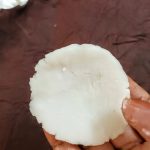
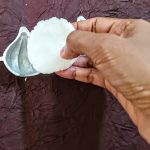
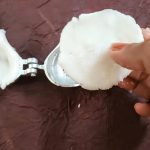
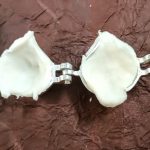
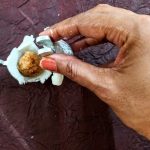
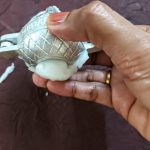
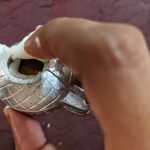
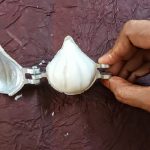
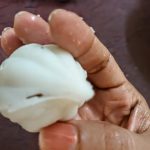
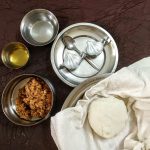
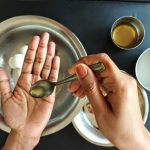
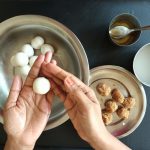
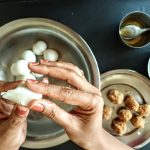
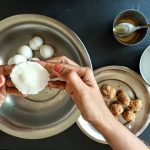
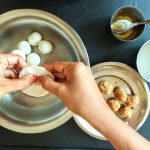
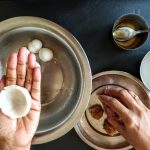
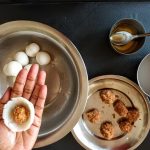
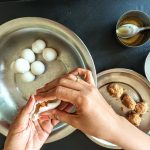
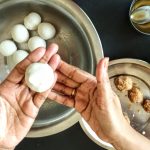
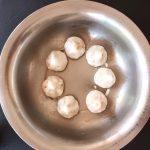
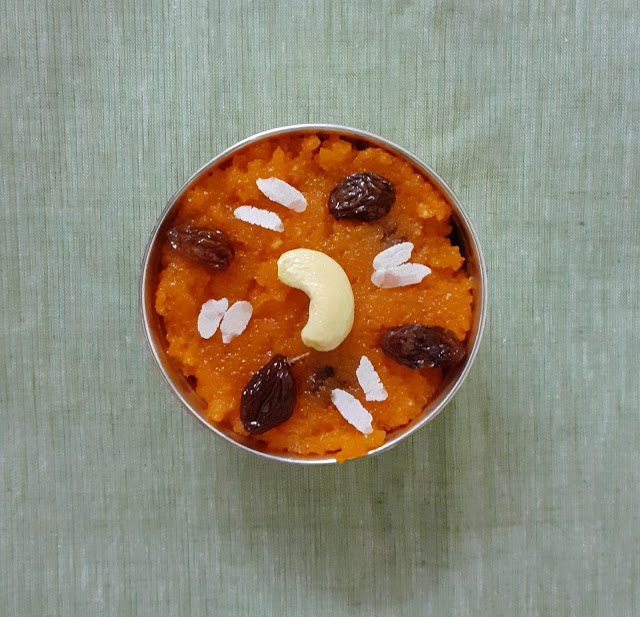
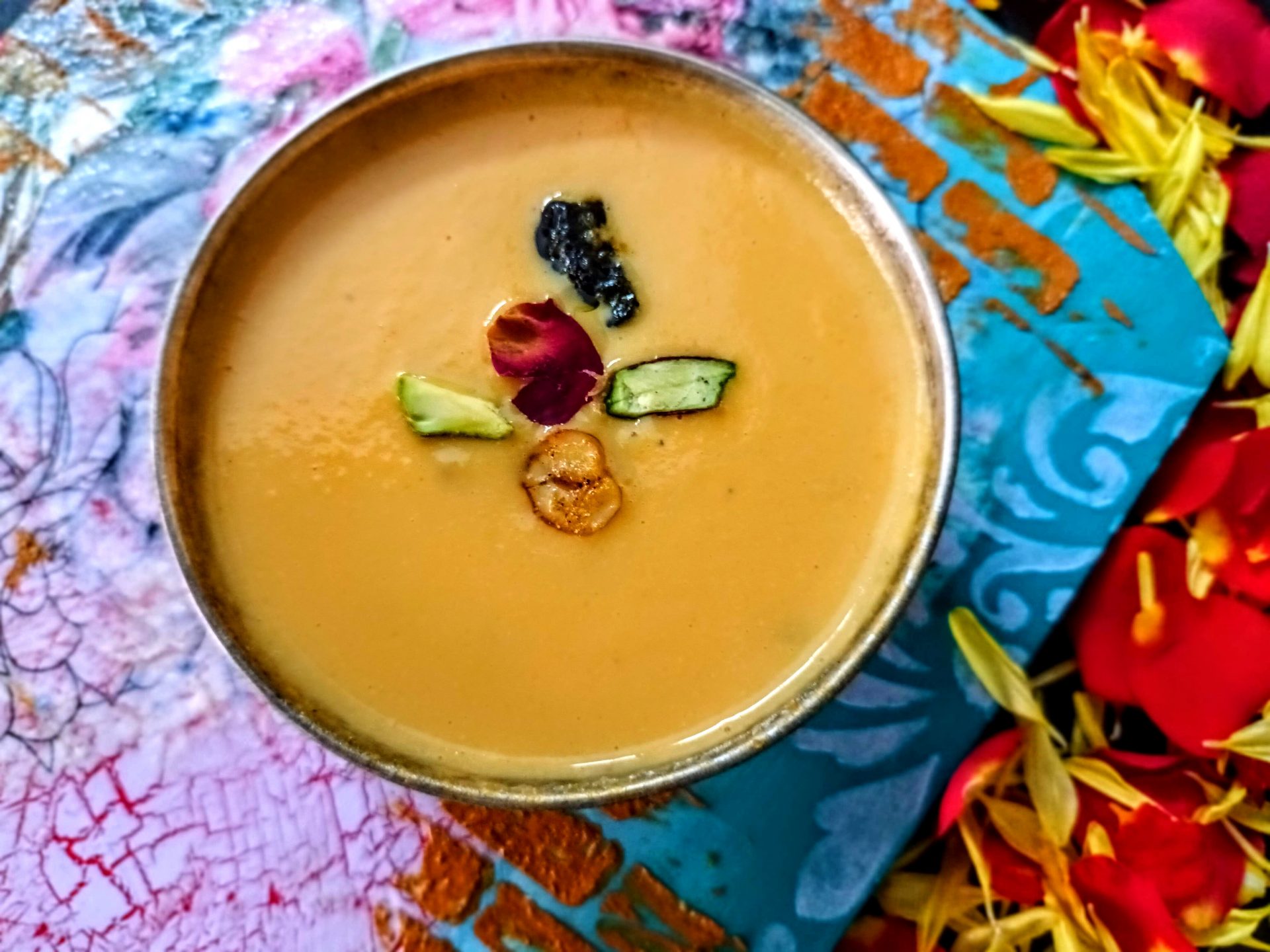
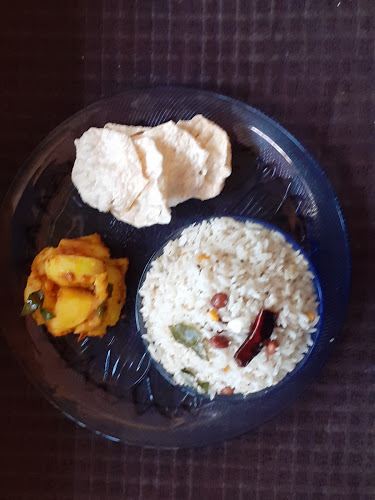
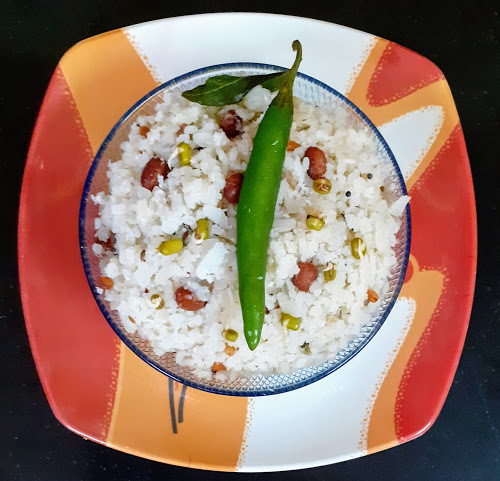
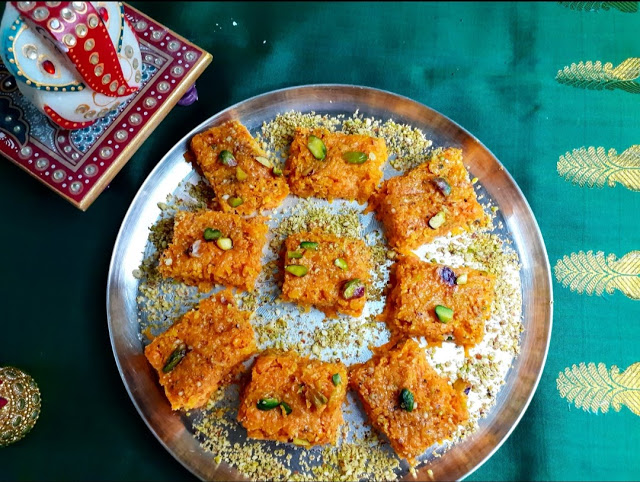

Thank you for the detailed recipe mam. We use cashews in place of chana dal. Thank you for the valuable tips 🙂
Thank you . Please do leave us a feedback once you try, and tell us how it went. I shall try using Cashewnuts next time.